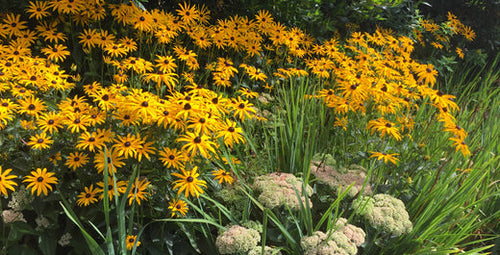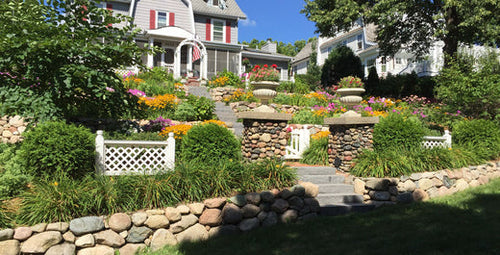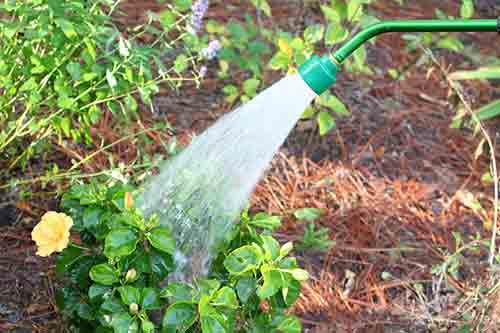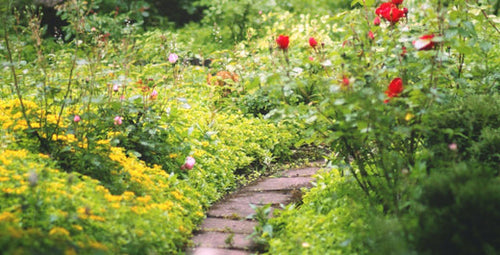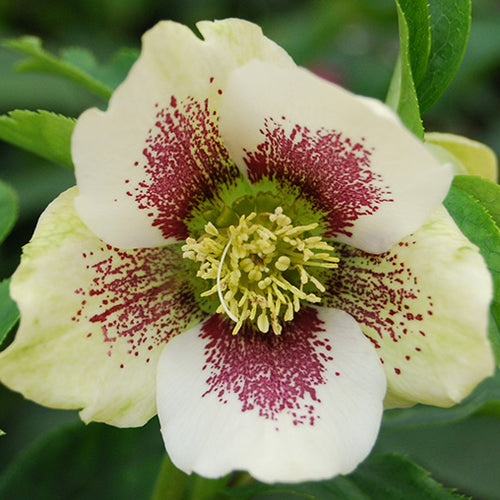
I visited Japan a couple years ago and it would be safe to say that it totally blew my mind. As a writer, I’m a word person, and it was my first travel experience in a country whose language doesn’t use the Latin alphabet. I can pick my way through French menus, Spanish museums, Swedish ferry schedules, and Icelandic B&B rules, but the elegant picture-like script of Japanese threw my word-obsessed mind into a fog. So for two weeks, instead of interpreting my world through signs, t-shirts, menus, and museums displays, I traveled with the eyes of a child. I stopped trying to read the world and started seeing it.
I plucked sushi off a rotating conveyor belt, drank matcha lattes, ate a Bento box lunch on a bullet train, peeked into miniature Shinto shrines, had tea with a Buddhist monk, and got good enough with chopsticks to pick up a pea. Every day offered a new experience. But when I stepped into my first Japanese garden, my world regained order. Because beautiful gardens all use elements of language: trees, flowers, texture, color, water, stone, sky, earth.
The Elements
Japanese gardens employ very specific rules. Their elements, however, can be used
in any garden. Here is a brief overview of Japanese garden elements and how they are used:
Trees, shrubs, and perennials: A Japanese garden is a landscape in miniature. Specific plants for their form, texture, and color. Bonsai trees are clipped and sculpted. is delivered through flower and leaf (think cherry blossoms, azalea blooms, and Japanese maple leaves).
Water: Water adds movement and reflection. Flowing water is said to carry away evil. Standing water reflects the world around it.

Stone: Rock gardens are dry landscapes that imitate water. Large powerful rocks can be arranged to look like waterfalls. White gravel, a Shinto symbol of purity, represents water; raking the gravel into a pattern imitates rippling effect.
Garden architecture and ornaments: Japanese gardens use man-made elements as well. Bridges cross over bodies of water. Fences and gates, made from natural materials, such as bamboo, are used to delineate space. Statuary, such as stone lanterns, above, were used in gardens near pathways to shrines.
Wildlife: Koi, the beautiful, colorful Japanese carp, add movement and grace to large water features.
You don’t need to fly to Japan in order to see authentic Japanese gardens. Here are the top 5 Japanese gardens in the United States, according to Sukiya Living magazine.
Anderson Japanese Gardens, Rockford, IL
Portland Japanese Garden, Portland, OR
Shofuso, Philadelphia, PA
The Bloedel Reserve, Bainbridge Island, WA
Seattle Japanese Garden, Seattle, WA
Written by Karen Weir-Jimerson













